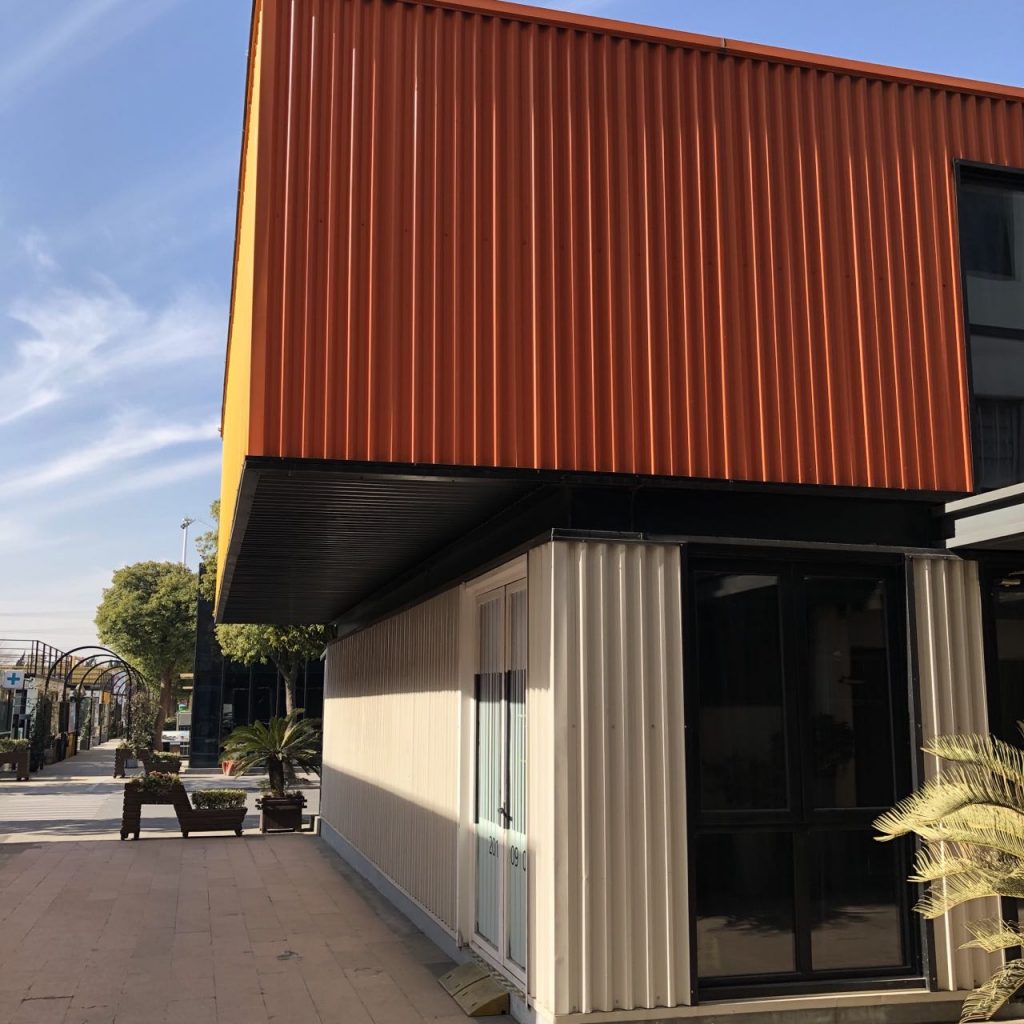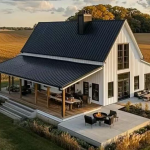Moblie: 8613816755915
Are Prefab Homes More Energy Efficient than Traditional Homes
Prefabricated homes, also called prefab homes, are becoming increasingly popular as an alternative to traditional homes. Prefab homes are factory-built homes that are constructed in sections and then assembled onsite. They are typically made from wood, steel, or a combination of both materials and are designed to be energy efficient.
But are prefab homes really more energy efficient than traditional homes? The answer is yes, in several ways. Prefab homes typically use less energy for heating and cooling than traditional homes, and they often come with energy-efficient features such as high-efficiency windows and insulation.
In this article, we’ll discuss why prefab homes are more energy efficient than traditional homes, as well as the different types of prefab homes and their associated energy-saving features.
Why Are Prefab Homes More Energy Efficient
Prefab homes are generally more energy efficient than traditional homes for several reasons. For starters, they are built in a factory environment, which allows for better quality control and the use of high-efficiency materials and construction techniques.
Prefab homes are also designed to be airtight, meaning they have fewer air leaks than traditional homes. This makes them better at maintaining a consistent interior temperature and reduces the amount of energy needed to heat and cool the home.
In addition, many prefab homes come with energy-efficient features such as high-efficiency windows and insulation. These features can help reduce energy use for heating and cooling, as well as reduce the amount of energy wasted through air leakage.
Lastly, prefab homes are often designed to be more efficient in terms of their layout and the use of space. This means that they can use less energy to heat and cool the home, as well as reduce the amount of energy used for lighting and appliances.
Different Types of Prefab Homes
Prefab homes come in a variety of styles and designs, from traditional-looking homes to modern designs. Here are some of the most popular types of prefab homes:
• Modular homes: Modular homes are created in sections that are built in a factory and then assembled onsite. They are typically made from wood or steel, and can be customized to meet the needs of the homeowner.
• Manufactured homes: Manufactured homes are built in factories and then transported to the building site. They are typically made from wood, steel, or a combination of both materials and can be customized to meet the needs of the homeowner.
• Tiny homes: Tiny homes are becoming increasingly popular, as they are typically smaller and more energy-efficient than traditional homes. They are typically made from wood, steel, or a combination of both materials and can be customized to meet the needs of the homeowner.
Prefab Home Energy-Saving Features
Many prefab homes come with energy-saving features such as high-efficiency windows and insulation. These features can help reduce energy use for heating and cooling, as well as reduce the amount of energy wasted through air leakage.
In addition, many prefab homes come with Energy Star-rated appliances, which are designed to use less energy than standard appliances. These appliances can help reduce energy use for lighting and other household needs.
Lastly, many prefab homes come with solar panels, which can be used to generate electricity and reduce energy costs.
Conclusion
Prefab homes are becoming increasingly popular as an alternative to traditional homes, and for good reason. They are typically more energy efficient than traditional homes, thanks to their airtight construction, energy-efficient features, and efficient use of space.
If you’re considering a prefab home, make sure to ask about the energy-saving features it offers. This will help ensure that you get the most energy-efficient home possible.


